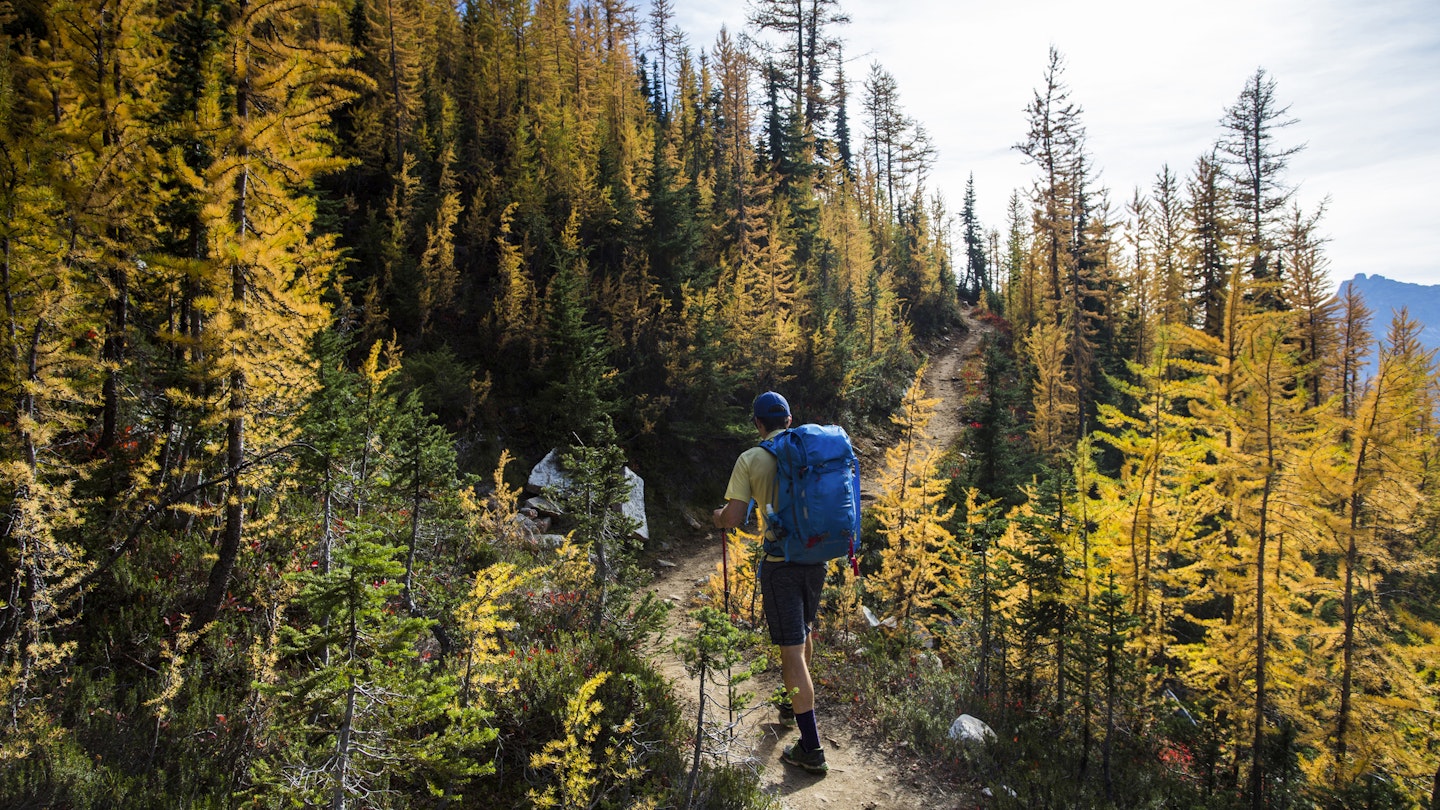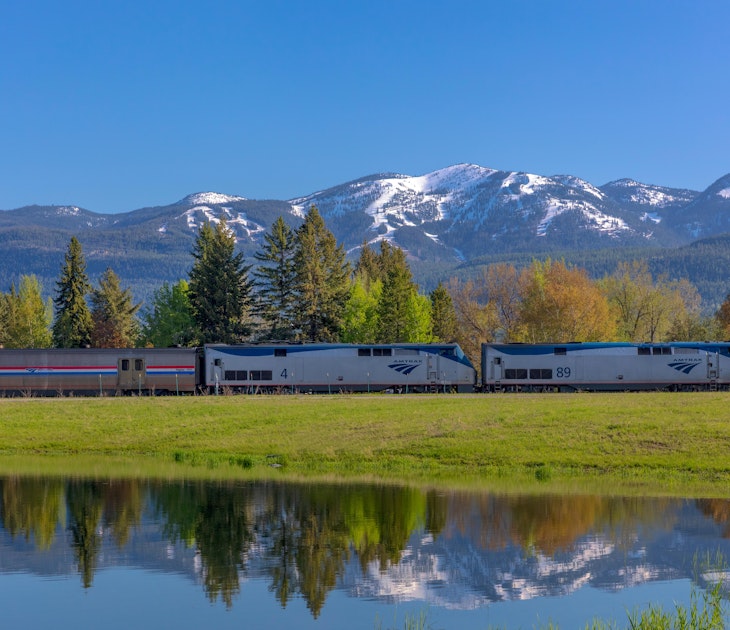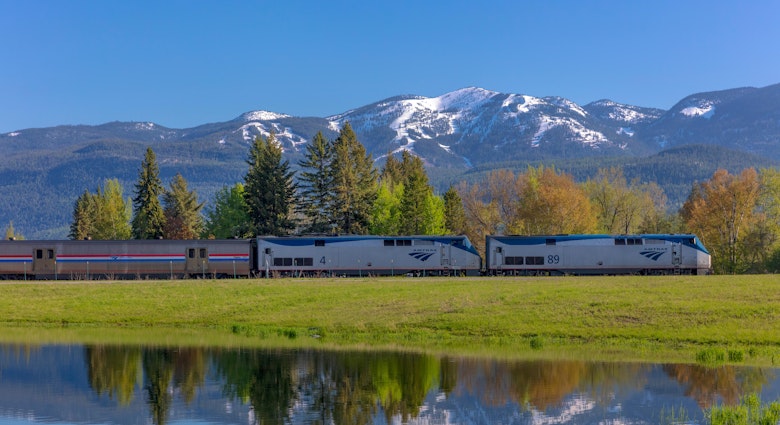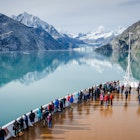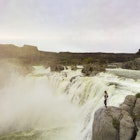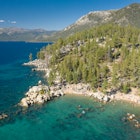Hikers hitting the Pacific Crest Trail will soon face new permit rules and daily limits in an effort to ease overcrowding and preserve the trail's delicate ecosystem.

The Pacific Crest Trail, or PCT, is one of America's greatest treks. Stretching all the way from Mexico to Canada, the 2650-mile route is legendary for the landscapes it spans, mostly through national parks, forests, deserts, mountains, meadows and protected wilderness. Naturally, it attracts all sorts of wanderers, from day-hikers to weekend backpackers and family campers to thru-hikers (those gutsy long-distance trekkers who see the journey out from start to finish).
As the popularity of the PCT continues to increase, so too does the pressure to protect its fragile ecology and get a better grip on traffic management. So to ensure the spirit of adventure is maintained, with minimal disturbance to the land and animals, quotas will be implemented in the most crowded regions of the trail, specifically in Washington where there will be a limit for southbound hikers for the first time. Under the new system, 15 permits a day will be issued for thru-hikers starting in the Pasayten Wilderness (northern terminus) between June 15 and July 31, the summertime peak.
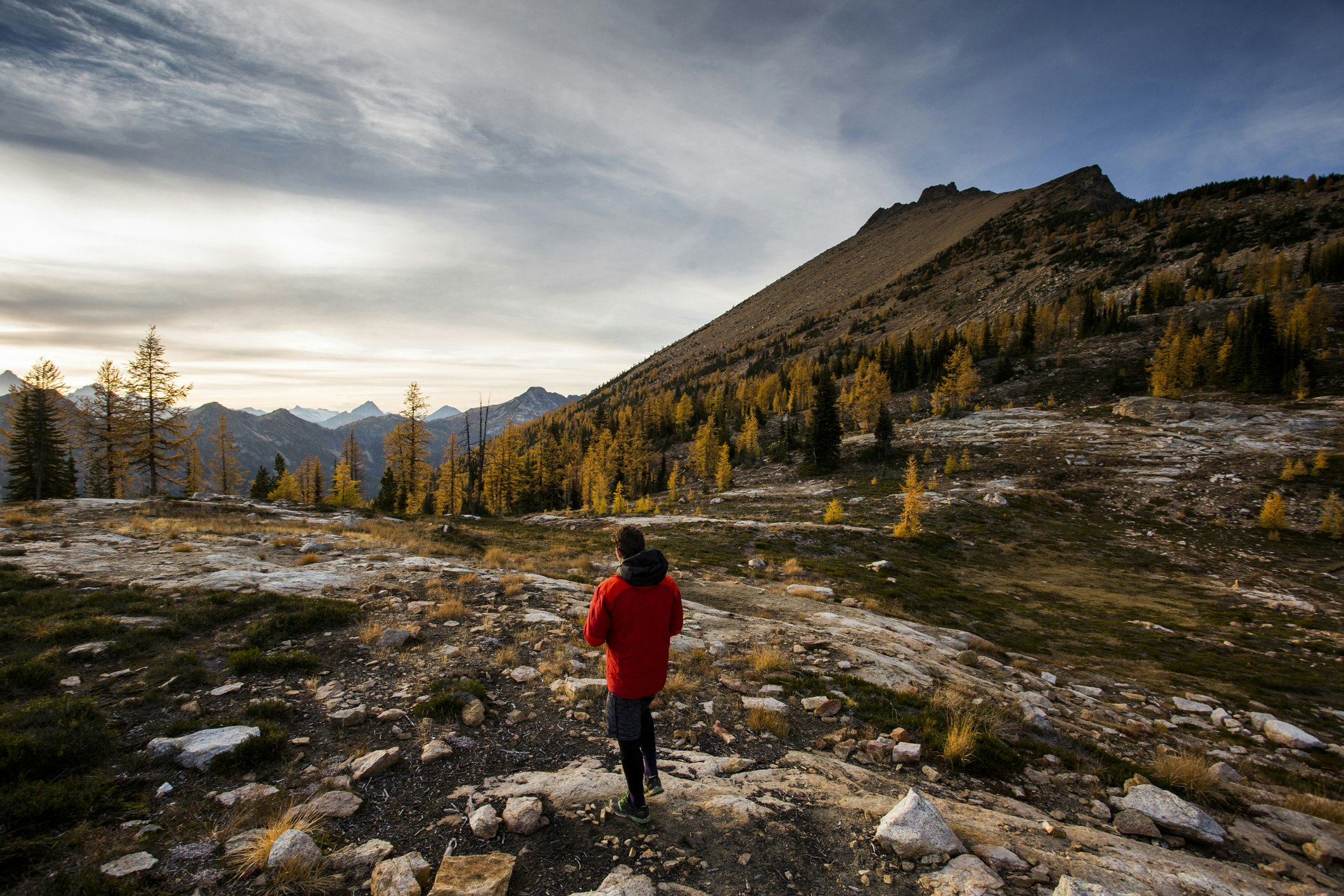
The Pacific Crest Trail Association (PCTA), US Forest Service, land management agencies and members of the PCT community have observed a significant increase in long-distance trail use over the last five years. So this new permit system is intended to spread out the crowd of hikers. There are already daily limits in the northbound direction, capped at 50 permits a day from the Mexico border.
Another change will affect the southern Sierra region. Most thru-hikers skip that part of the trail and return later in the year, under the same permit, when conditions are more favourable (i.e. less snow). But the new system will muddle that practice. From next year, if hikers skip the southern Sierra, they won't be able to return whenever they like. They'll have to apply for local agency permits first.
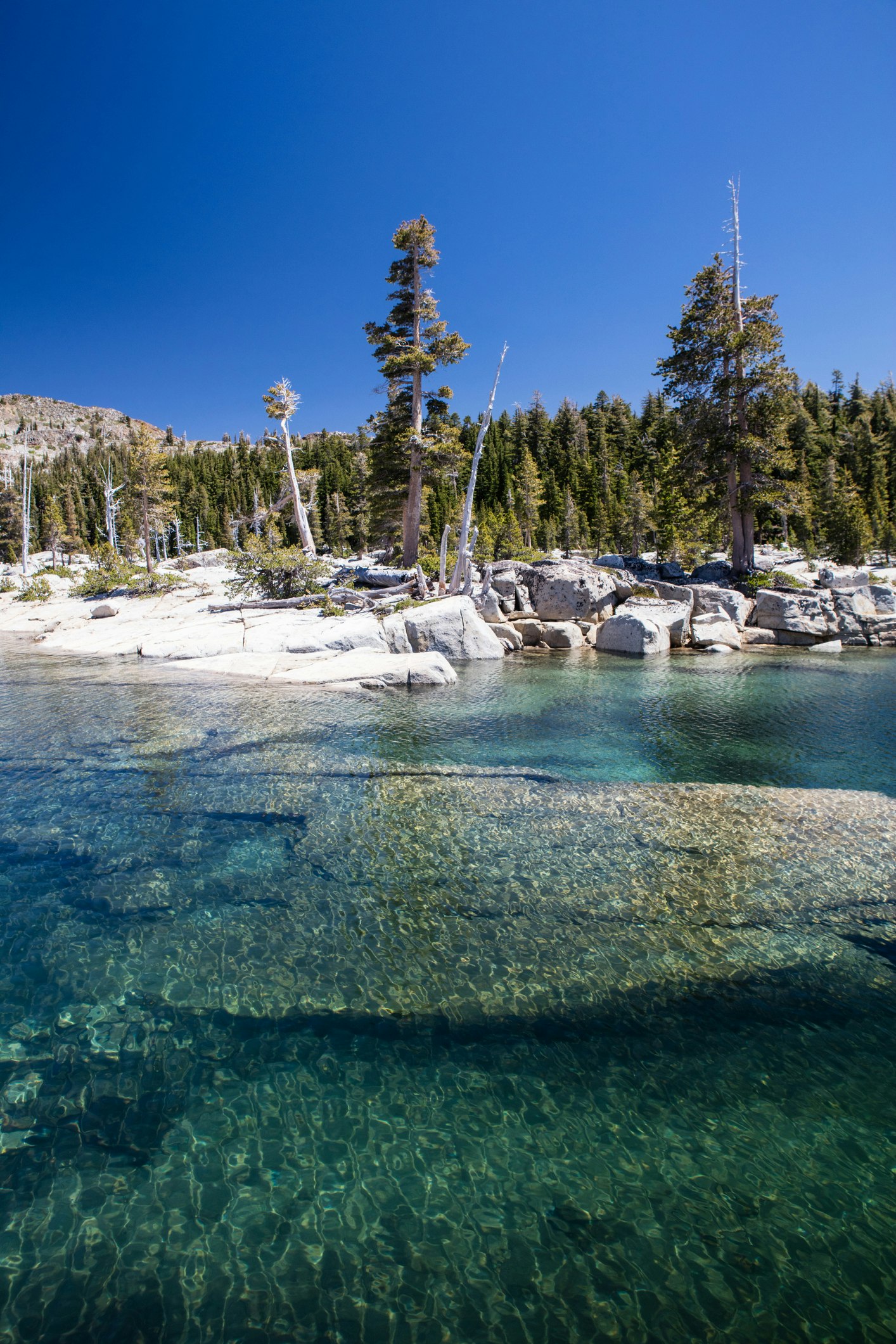
Mark Larabee, associate director of the PCTA, told Lonely Planet that the purpose of the permit and daily limits is to protect the landscape and the character of the trail.
"This increase in visitor use is having an impact on the trail and surrounding landscapes. Crowding and visible human impacts to the trail, water sources and surrounding landscapes are driving the changes. Many of these impacts are the result of large numbers of people being in the same place at the same time," he explained.
"The PCTA and the US Forest Service do not want human impacts on the landscape to become irreversible. Reducing crowding by distributing people more evenly over time will protect the fragile environments the trail passes through and will enhance the user experience for all."
The opening date for applications for 2020 permits is October 29 2019. For more information on the daily limits and permit rules, see here.

